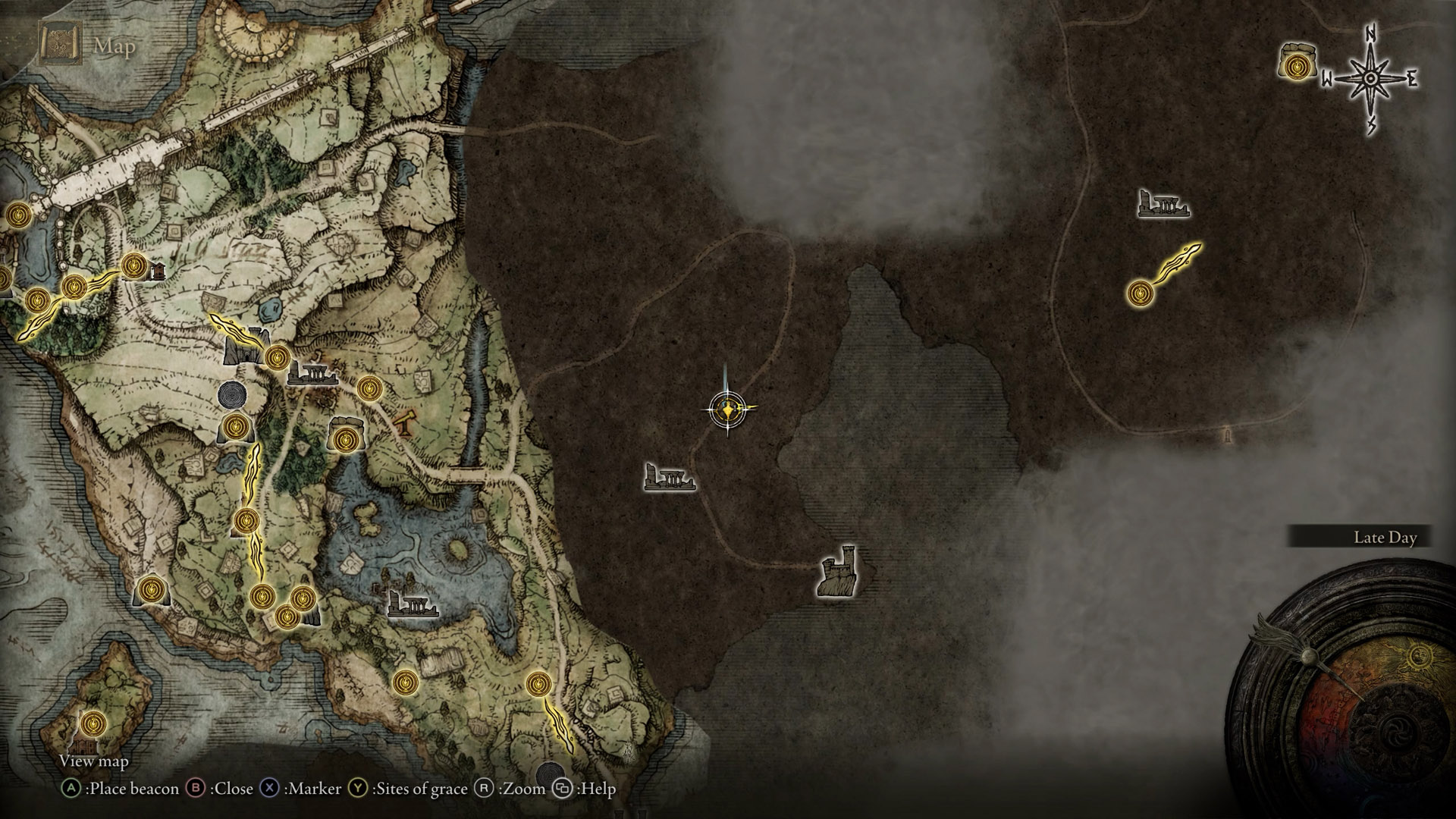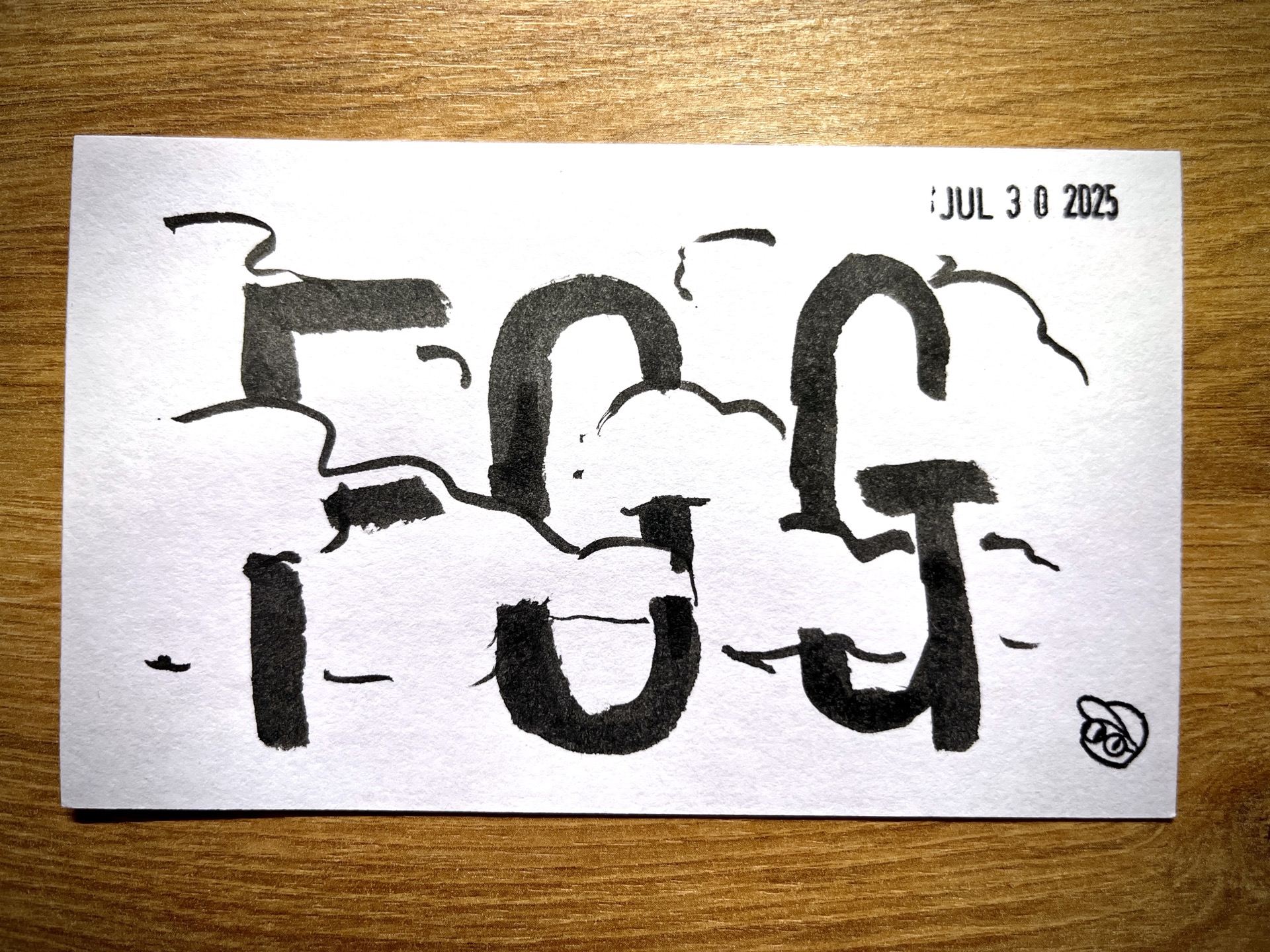Within software development, you’ll sometimes be given a challenge that no one else on your team — or even your organization — has solved before. No one knows exactly how to do it. Your job is to figure it out. And to get it done.
When that happens, it’s like the path you usually take — the road you know by heart — suddenly disappears. In its place, a dense, impossible fog rolls in. The destination is still out there, but you can’t see it. You can’t even see ten feet in front of you.
And yet, you’re still asked to find the way.
To move fast. To show others how to get there before time runs out.
What do you do?
Hello old friend...
For better or worse, I’ve had to navigate these kinds of problems for years. They’re never easy. Each one is different. But I’ve learned to respect the fog. To see it not as a wall but as a challenge: How do I map the unknown?
One of the biggest lessons?
Ask better questions.
The Rebrand
In 2023, I was tasked to lead the Webflow rebrand effort. Everyone’s first question was the obvious one:
“We must use the Design System Components… because that’s the right thing to do! So how do we do that?”
When they turned to me, the Design System lead, I didn’t need more than two seconds to answer:
“Can we refactor everything to use the Design System components?”
“Nope!”
I knew the math. The pace, the volume, the time — it didn’t add up. But saying “no” wasn’t enough. I had to find the better question.
It wasn’t:
“How do we use our modern components to replace legacy UI?”
It became:
“How do we update every visible surface of Webflow, without disrupting any product team, with limited resources, in time for Webflow Conf 2023 — just 5 months away?”
That wasn’t a design system question. It was a coordination question.
The Unexpected
Instead of digging for answers in software playbooks, I turned elsewhere.
I started looking at the film industry.
How do they coordinate dozens of moving pieces to build something from nothing, under brutal deadlines?
This led me to a YouTube video where Adam Savage toured Aardman Studios (Wallace and Gromit fame) and showed their walls of giant corkboards, each meticulously tracking dates, scenes, and schedules.
Their corkboard system hit me like lightning.
Sure, software teams have roadmaps and Gantt charts. But they don’t look or feel like this. They’re abstract. I needed something visceral. Something that felt like I could hold the whole project in my hands.
So I built my own version of that — our map of the world.
Fog of War
In video games, there’s a mechanic called “the fog of war” — a military term representing uncertainty. For the parts of the map you haven’t explored yet.

Once I made that connection, my goal became:
How do I shape the world where the fog lives? How do I contain it?
The only way to clear the fog is to walk through it — to risk your pride, to feel lost before you feel found, to step headfirst into the unknown.
Breaking Illusions
One thing I’ve learned in the fog is that you can’t blindly follow the map you’ve always used — especially when that map was built for a world that no longer exists.
In the Webflow rebrand project, there were so many “rules” that initially felt immovable:
- Engineering sprints, Jira boards, story points, grooming, retros.
- The “right” way to ship design changes.
- The assumption that more process equals more control.
But here’s the truth: the fog doesn’t care about your process.
The fog doesn’t part just because you followed the textbook steps.
We had five months, a tiny team, and a mountain of work. I couldn’t afford to spend hours grooming tickets or holding ceremonies that existed just to “feel” organized. So… We didn’t.
No grooming. No retros. No sprints.
The project itself was the sprint.
Instead, I built my own system — hundreds and hundreds of rows in Google Sheets. We groomed every day. We coordinated every day. If something was unclear, we figured it out on the spot.
The fog forces you to see what’s essential and what’s just noise.
The goal isn’t to ignore process altogether. It’s to strip away what doesn’t help you move forward, and build whatever structure actually clears the path.
Move
The fog is never your enemy. It’s the test.
It’s where new ground is broken, where no guidebook exists, and where the best ideas hide — waiting for the ones who are brave enough to step forward.
The biggest mistake is to wait for the fog to clear on its own. It won’t. It thickens when you hesitate. It swallows time, confidence, and momentum.
There’s only one rule when it rolls in:
Move.
Pick a direction. Start mapping. Move again. Adjust as you go. Double-check. Keep moving. The path only reveals itself with the first step — then the next.
But how do you know you’re going in the right direction? You don’t. You move anyway. Because standing still gets you nowhere. Momentum is the only compass that matters in the fog.
Every wrong turn teaches you something. Every step forward carves a trail for others to follow.
Because the fog doesn’t lift for those who stand still. It clears for the ones who push through it, again and again — even when they can’t see what’s waiting on the other side.
